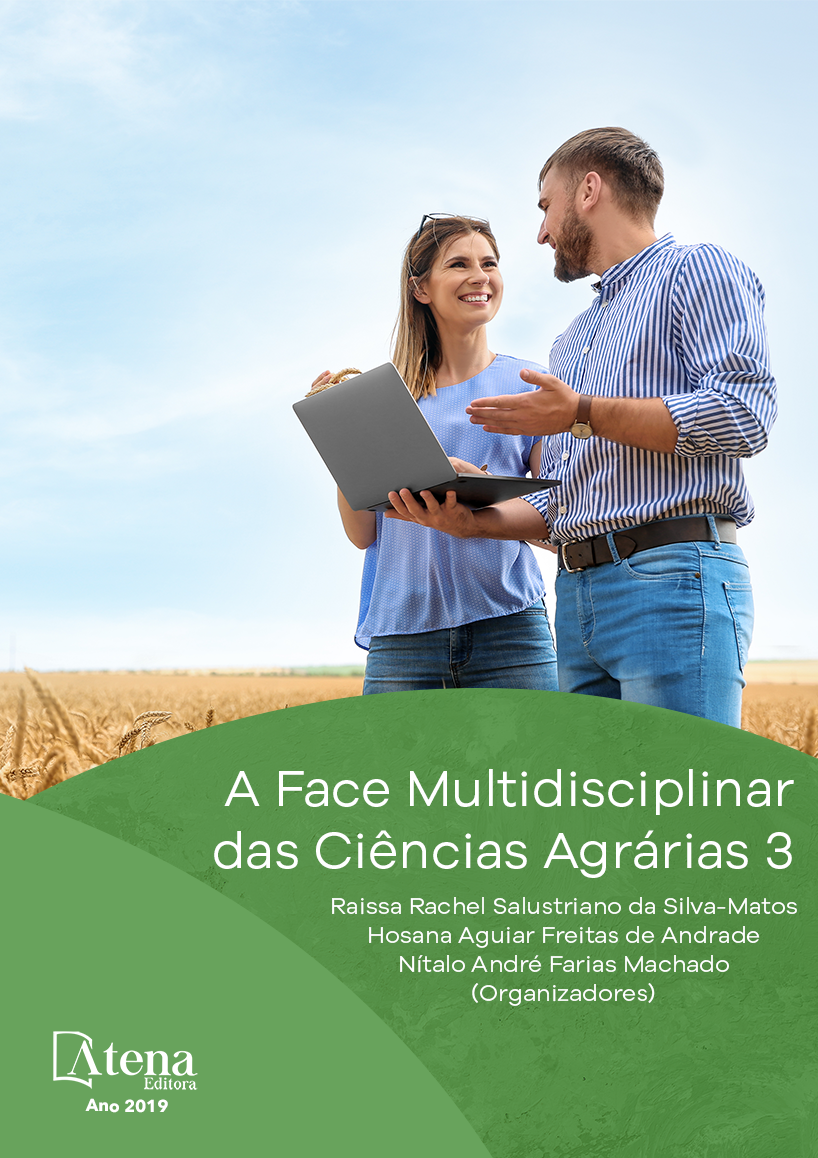
ÍNDICE DE CLOROFILA E QUALIDADE DE DICKSON EM MUDAS DE MELÃO, PRODUZIDAS EM SUBSTRATOS ALTERNATIVOS
A característica físicas e químicas do substrato utilizado na produção de mudas, assim como seu índice de clorofila possui alta relevância no crescimento e desenvolvimento inicial da planta. O objetivo do presente trabalho foi verificar o índice de clorofila e o Índice de Qualidade de Dickson (IQD) em mudas de melão (Cucumis melo L.), no seu crescimento e desenvolvimento, produzidas em diferentes substratos alternativos, originados das indústrias de grãos de Paragominas. O delineamento estatístico foi inteiramente casualizado, com cinco repetições. Os tratamentos foram quatro substratos: resíduo de soja; palha de arroz; terra preta, e mistura: resíduo de soja (40%) + palha de arroz (30%)+ terrapreta (30%). Foi utilizada a cultivar de melão amarelo. Foi avaliado: o pH e temperatura; Nas plântulas foram avaliadas: altura das mudas (cm), diâmetro do colo (mm), o número de folhas por planta, peso da massa fresca e seca da parte aérea (g) e das raízes (g), e teor de clorofila nas folhas. Todos os dados obtidos foram analisados estatisticamente através da análise de variância, com teste F e as médias comparadas pelo teste de Tukey. Os substratos alternativos, resíduo de soja, palha de arroz, e a mistura (PA+RS+C), apresentaram melhores IQD e quanto ao índice de clorofila os substratos resíduo de soja e palha de arroz, apresentaram os melhores índices. Desta forma, é possível inferir, que os substratos alternativos á base de resíduos orgânicos, são uma alternativa para produção de mudas de melão.
ÍNDICE DE CLOROFILA E QUALIDADE DE DICKSON EM MUDAS DE MELÃO, PRODUZIDAS EM SUBSTRATOS ALTERNATIVOS
-
Palavras-chave: Cucumis melo L.; substratos alternativos; Resíduo de soja.
-
Keywords: Cucumis melo L.; alternative substrates; Soybean residue.
-
Abstract:
The physical and chemical characteristics of the substrate used in seedling production, as well as its chlorophyll index, are highly relevant in the initial growth and development of the plant. The aim of the present study was to verify the chlorophyll index and the Dickson quality index (DQI) in melon (Cucumis melo L.) seedlings, in their growth and development, produced in different alternative substrates from the grain industries of Paragominas. The statistical design was completely randomized, with five replications. The treatments were four substrates: soybean residue; rice straw; black soil and mix: soy residue (40%) + rice straw (30%) + black soil (30%). The yellow melon cultivar was used. It was evaluated: pH and temperature; Seed height (cm), leaf diameter (mm), number of leaves per plant, weight of fresh and dry mass of rotation (g) and roots (g) and leaves with chlorophyll content. All data were analyzed statistically through analysis of variance, with F test and the means compared by the Tukey test. The alternative substrates, soybean residue, rice straw and the mixture (SR + RS + M) presented better DQI and, for the chlorophyll index, the soybean and straw residue substrates presented the best indices. In this way, it is possible to infer that substrates based on organic residues are an alternative for the production of melon seedlings
-
Número de páginas: 15
- Gustavo Antonio Ruffeil Alves
- Thaís Vitória dos Santos
- Márcio Roberto da Silva Melo
- Núbia de Fátima Alves dos Santos
- Luis de Souza Freitas
- Letícia Bezerra Cuzzuol
- Barbara Prates Amaral de Souza
- Rhaiana Oliveira de Aviz
- Luana Keslley Nascimento Casais
- Luciana da Silva Borges


